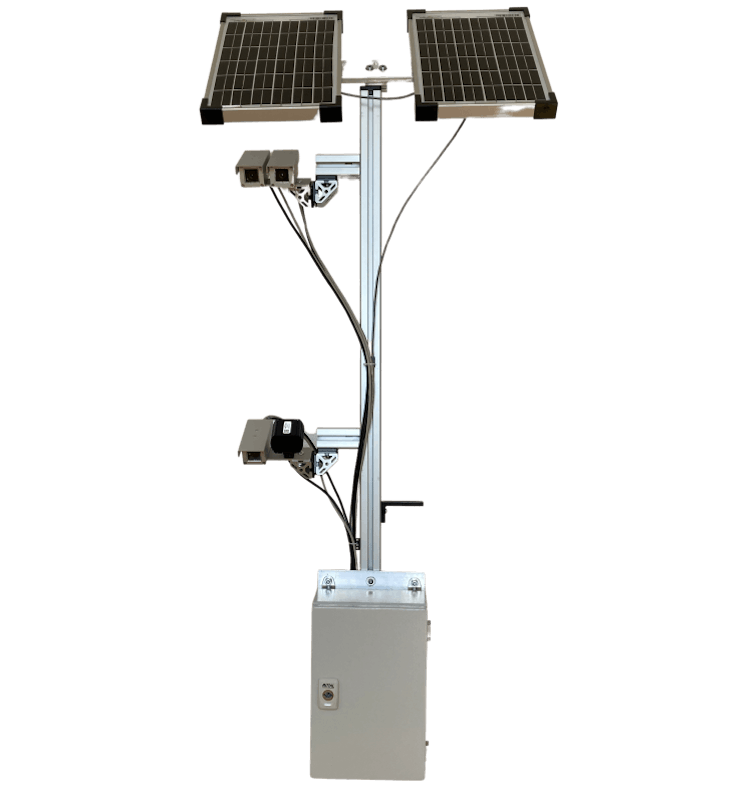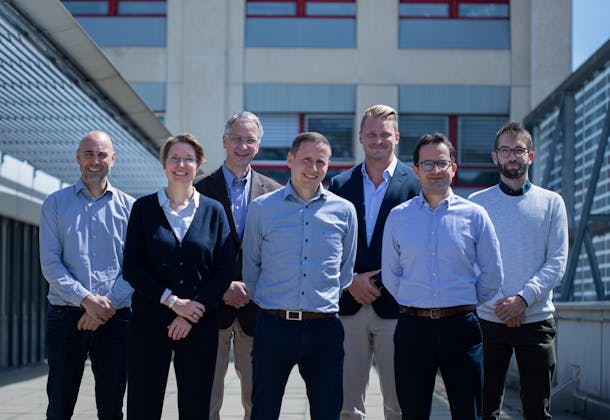
This specific project had its origins in the BlueArk Challenge, a call for projects launched in 2021 by BlueArk. Based in Châble, Switzerland, this center is dedicated to innovation in the field of water and natural resources. One of the winning concepts, the solution proposed by Neuchâtel-based firm Precidata and the CSEM is a contactless system designed to measure the flow rate of mountain torrents, bisses and streams without any major work to the stream.
A cost-effective solution for measuring the water flow rate using real-time and logged data
The installation designed by Precidata and CSEM underwent a feasibility evaluation in 2021, and, with the support of the Canton of Neuchâtel, now features an imaging system with multiple cameras, including dedicated lighting for continuous shooting. The solution operates using energy-efficient cameras (two infrared cameras and one-color camera) which record the water flow from two different angles so that these images can be reconstructed in 3D. The system is self-powered, thanks to a solar panel and a battery. Installed on the ground near the waterway, the equipment operates 24/7, all year round, to generate, store, and wirelessly transmit the data gathered to a monitoring server. In addition to continuous monitoring, the installation offers users the option to connect on demand to watch the waterway in real time. The system can also generate live flood warnings during exceptional events such as heavy rain or flash floods, as well as issuing alerts for high/low water level/flow rates, or drought, etc.



